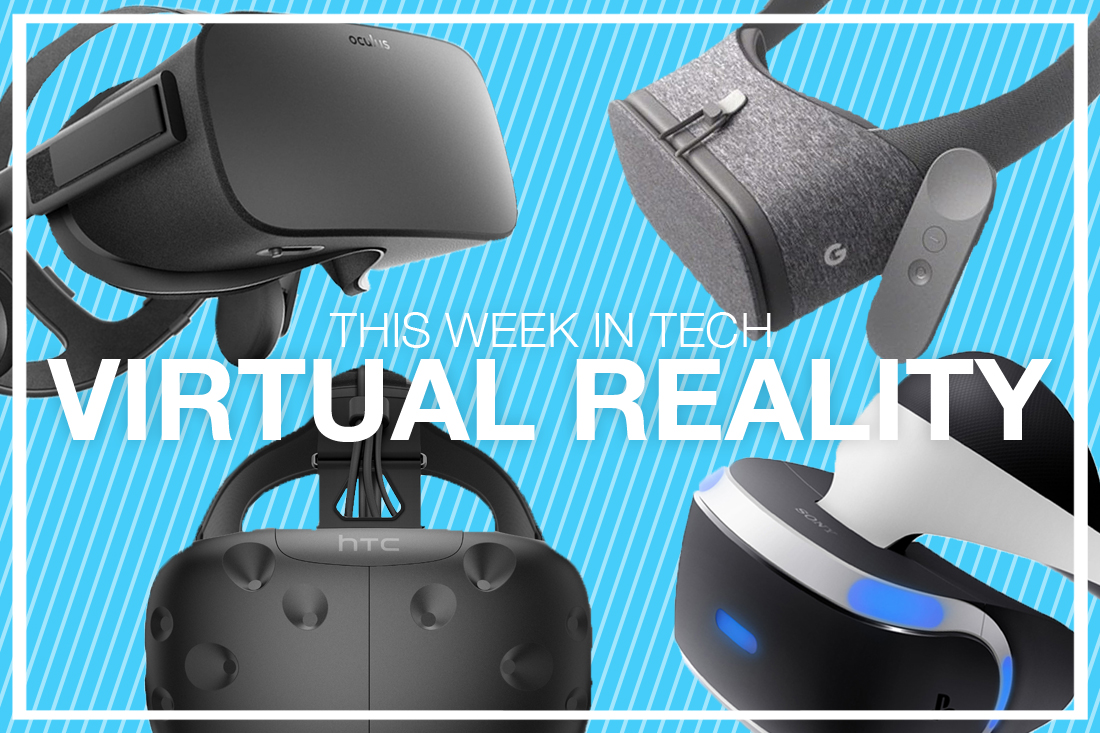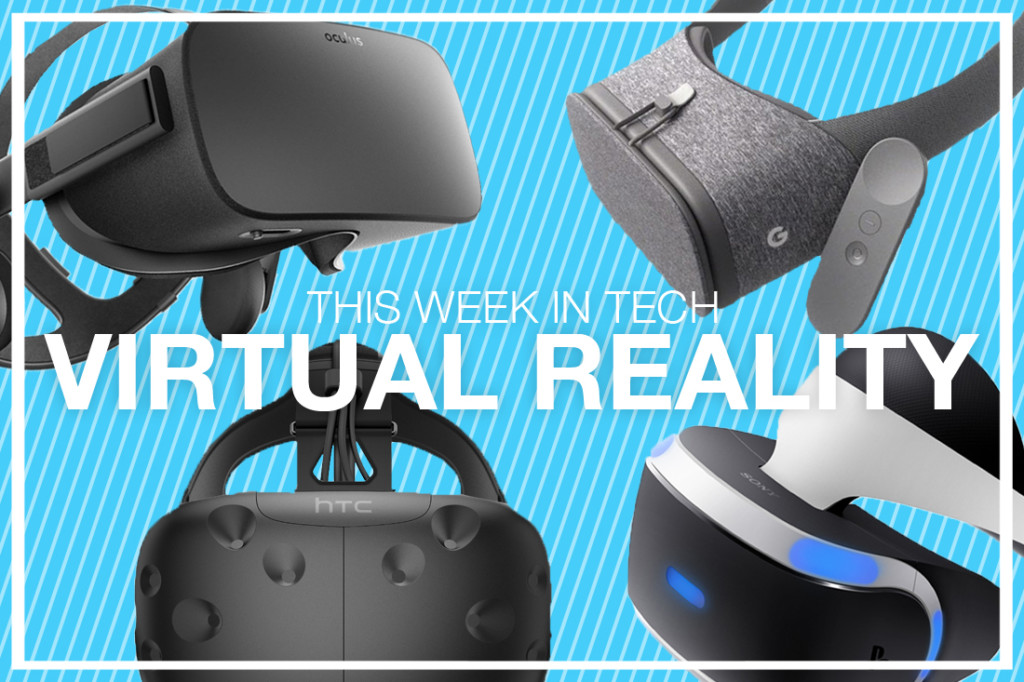
Mario Gonzalez/The Rider Graphic
By Mario Gonzalez | PHOTO EDITOR

2016 has been a great year for the ease of access to many emerging technologies. Like with quad copter drones, the world of virtual reality headsets is still new in the market of consumer electronics and while the technology is still in its infancy, it has a promising future in the area of entertainment and education.
While virtual reality (VR) is not a new concept, it has seen a major revitalization that was only possible due to the advancements in the technology of the last decade.
The dictionary describes virtual reality as “a realistic and immersive simulation of a three-dimensional environment, created using interactive software and hardware, and experienced or controlled by movement of the body.”
In simpler terms, virtual reality is a computer simulation of an immersive environment in which the user can interact using the body. Today, people have access to different virtual reality experiences and games through different devices available in the market. With experiences focusing on videogames, virtual tours, interactive movies and other educational tools, this technology is finally reaching mainstream attention. These devices take the form of virtual reality headsets and while they each serve the same purpose, they perform differently from one another.
Low-cost devices such as Google Cardboard or the Samsung Galaxy VR require only a smartphone to operate. These are limited in functionality compared to more expensive devices, but they tend to be more practical as they are lightweight and do not require a high-performance computer as their main processing unit; they can also work without the need of cables or external sensors.
In 2012, Oculus VR announced the Oculus Rift VR headset in a Kickstarter campaign that successfully raised $2.5 million via crowd funding and that led the renaissance of this once forgotten industry. Since 2014, Oculus VR operates under the management of Facebook, and as of today, its major competitor is the HTC Vive.
Both the Oculus Rift and HTC Vive are expensive but powerful devices that cost between $599 and $899 and are the ones that will provide the richest and most immersive experiences with the minimal effects of motion sickness because of their high-end displays, optics and sensorial components.
Up until the beginning of this year, there was a clear polarization between the capabilities of the affordable and the high-end headsets. PlayStation VR, the newest headset, hit the market on Oct. 13. Developed by Sony Interactive Entertainment, the PlayStation VR is a middle ground between the affordable and the more expensive headsets available. Unlike the Oculus Rift and the HTC Vive, Sony’s headset doesn’t work with a computer but rather exclusively with the Sony PlayStation 4 gaming console.
The experiences produced by these devices can be experienced only first-hand. Various video games and other interactive media already have been developed for some of these devices and these titles will vary depending on the platform on which they are being released.
Since this is a relatively new industry, some people would argue that this is not the right time to invest in technology like this, but it is because of the early adopters and those who believe in a product that the industry is able to grow. The only incentive for developers to develop video games and other media at the moment would be to serve those who already own one of these devices. The industry would grow if there were a large enough audience to serve.
The only reason why Facebook bought Oculus VR in the first place is because it saw the potential of this industry.
No one knows if virtual reality will be successful or not. For all we know, it could turn out to be a massive disappointment like 3-D television was a couple of years ago.





